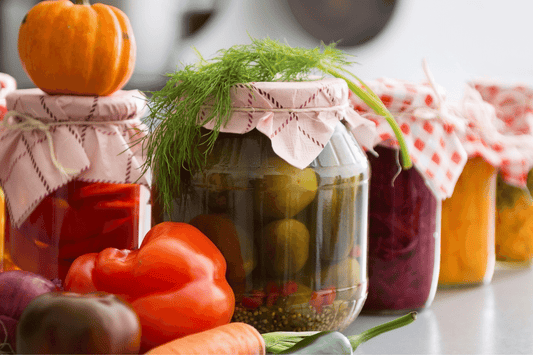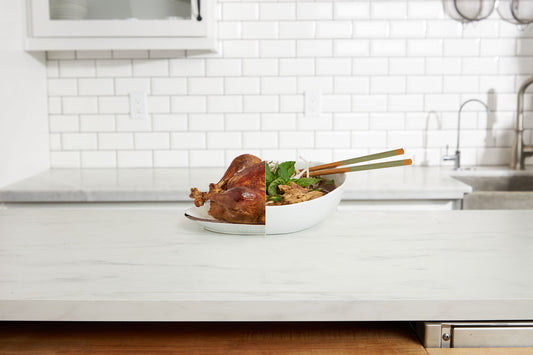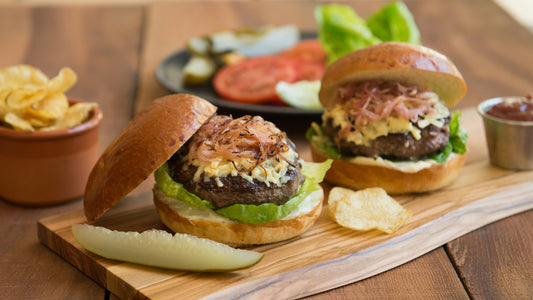You’ve perfectly cooked your sous vide ribeye steak at a precise temperature. Now it’s time to sear it off, but no pressure, we’re here to help. Sous vide cooking can yield consistent texture, doneness and impeccable flavor, but the final step of searing can be a bit tricky. We don’t want you to scorch your steak or overcook your salmon, so we’ve created a video to help guide you from sous vide to sear with ease.
The How-To’s of Searing After Sous Vide
Meet Hestan Cue Culinary Scientist Julian Weisner and follow along as he walks through the essentials of proper searing after sous vide.
Rest Your Sous Vide Protein
Allow your proteins to rest after your sous vide cooking is complete. Since your protein is already at the perfect temperature, searing right away runs the risk of overcooking. For the best results, we recommend removing your cooked sous vide ingredient and allowing it to rest on a cooling rack for 15 minutes before moving on to the next step.
Dry Your Sous Vide Protein
Dry your proteins really, really well. Even a little bit of surface moisture will dampen your searing efforts, and rather than crisping the skin of your beautiful salmon or creating a crust on your tender steak, the heat from the pan will be spent evaporating the water from the surface of your protein instead of creating a perfect sear. With sous vide especially, the interior of your ingredient is already cooked to the ideal temperature, so to avoid overcooking, you’ll want the protein to spend as little time in the pan as possible.
Use Precise Temperature for Searing Your Sous Vide Protein
Time and temperature is everything, especially if you don't want to ruin that perfectly tender sous vide result you just achieved. You also need to think about temperature recovery. Whenever you add an ingredient to a preheated pan, the surface temperature drops and cook time increases.
In order to get the best sear possible in the shortest amount of time, the Cue automatically adjusts the time and temperature when you add your sous vide protein, producing a consistent, ideal result.
Check out the Hestan Cue Temperature Guide to learn more about temperature and timing for pan-searing, along with a list of comprehensive guides detailing the exact temperature and timing for searing your sous vide steak, salmon, pork, and more.
Choose the Right Fat for the Job
Fat acts as a protective, non-stick barrier between the pan and the ingredient and helps to create the optimal crust on the outside of your protein. For beef, lamb, and pork, butter is best. The milk solids in butter contribute to the Maillard reaction (i.e. browning), which imparts a savory, caramelized flavor. (To learn more about the Maillard reaction, check out our Science of Searing blog post.)
Unlike butter, oil allows you to cook at higher temperatures and for longer periods of time which is great for crisping up the skin on salmon, chicken, or duck. Read more about how Cue and Joule are a perfect match and check out the Hestan Cue app for step-by-step sous vide recipes and complimentary sauces.




